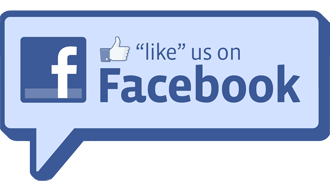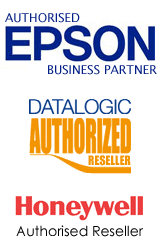|
|
All About Barcode (Bar Code) Scanners and Readers
|
Barcode scanners are used in various applications to eliminate typing errors. Instead of typing a product code, such as 9312311165011, as long as that code is represented in a barcode, the barcode can be read using a scanner and 9312311165011 will appear at the cursor-point in the computer application just as if the operator had typed 9312311165011 on the computer's keyboard - i.e., a scanner replaces keyboard data entry. The scanner transmits the data string, i.e. 9312311165011 ... it does not know that the actual product is an A6-size Marbig-brand spiral-bound notebook that retails for about $1.99 ... for that you will need a Point of Sale software package such as MYOB Retail Manager - 9312311165011 is just the record key to the record in your database that contains the other information about the item - such as description, price and supplier!
|

|
Wired Scanners
These devices are directly connected to a host computer using a cable (that is about 1.8 metres in length) and interface to the computer by either a PS2 Keyboard Wedge cable, a serial cable, or, more commonly these days, a USB cable.
- PS2 Keyboard Wedge
  If the computer has a keyboard that is connected to a round PS2 type connection, then the scanner can be plugged into that connection and the keyboard is then connected to the same cable (i.e. the scanner cable is a "Y" cable to enable the scanner and the keyboard to be connected to a single PS2 connector on the host computer). For more information about scanner-to-computer interface types, click here If the computer has a keyboard that is connected to a round PS2 type connection, then the scanner can be plugged into that connection and the keyboard is then connected to the same cable (i.e. the scanner cable is a "Y" cable to enable the scanner and the keyboard to be connected to a single PS2 connector on the host computer). For more information about scanner-to-computer interface types, click here
- opens in new window.
- USB
 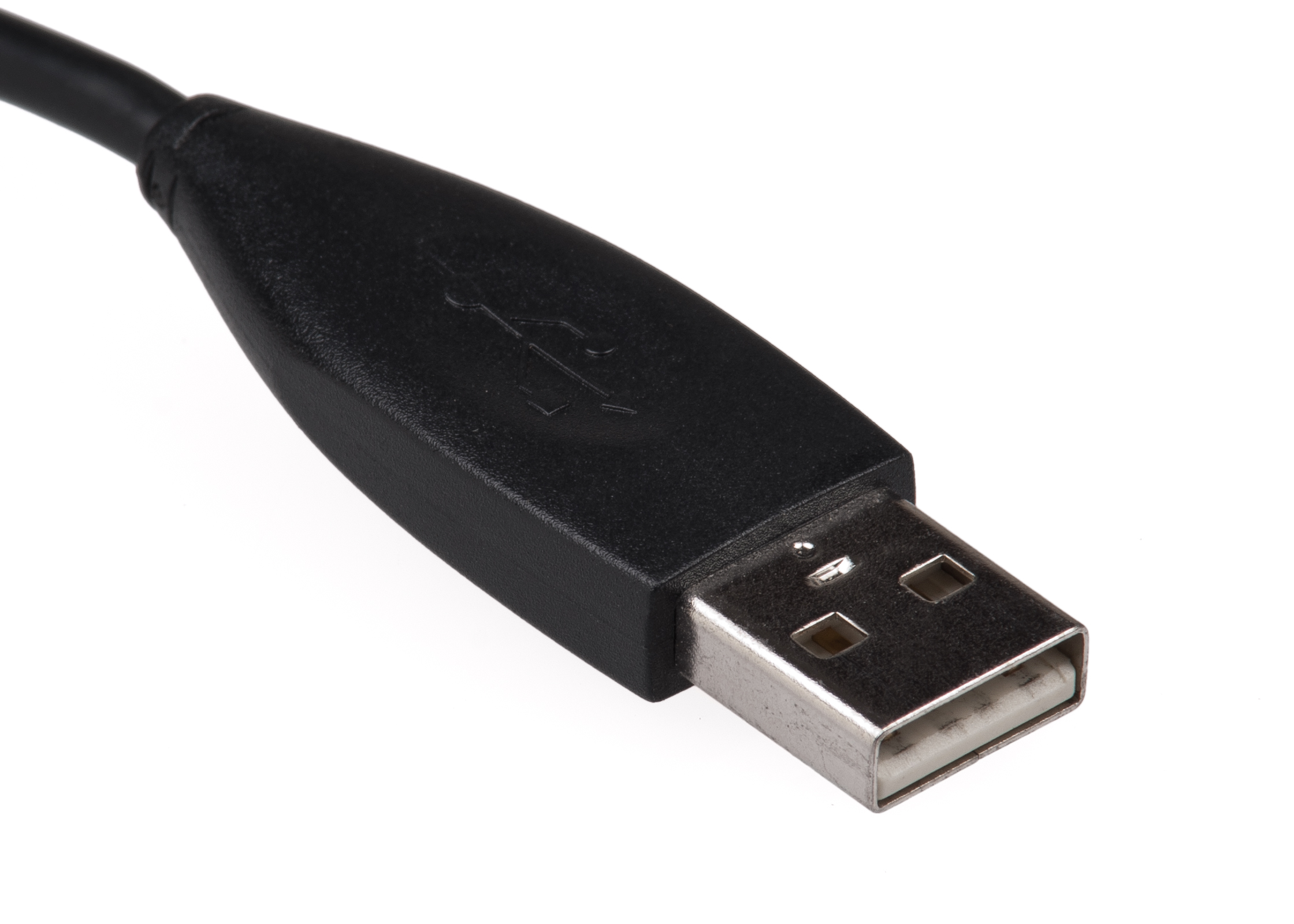 These scanners are "plug and play" - just plug the scanner into a spare USB port. The scanner will self install, and will work instantly. Anything scanned by the scanner will be "entered" into your application just as if you had typed it on a keyboard (but without the "typos"). For more information about scanner-to-computer interface types, click here - opens in new window. These scanners are "plug and play" - just plug the scanner into a spare USB port. The scanner will self install, and will work instantly. Anything scanned by the scanner will be "entered" into your application just as if you had typed it on a keyboard (but without the "typos"). For more information about scanner-to-computer interface types, click here - opens in new window.
- Serial
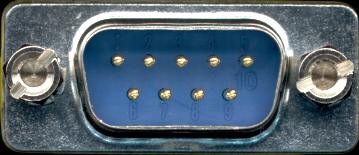 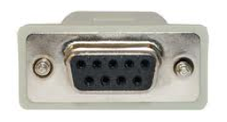 These use an RS232 9-pin serial port (that usually requires an external power supply to power the scanner)). These scanners require you to set up a communications protocol on the computer that is precisely matched to the serial communication settings on the scanner. Serial scanners are often used on testing and measuring equipment and cash registers. Serial scanners are usually not used with text based computer applications as such applications usually expect "keyboard-entered" data. For more information about scanner-to-computer interface types, click here - opens in new window. These use an RS232 9-pin serial port (that usually requires an external power supply to power the scanner)). These scanners require you to set up a communications protocol on the computer that is precisely matched to the serial communication settings on the scanner. Serial scanners are often used on testing and measuring equipment and cash registers. Serial scanners are usually not used with text based computer applications as such applications usually expect "keyboard-entered" data. For more information about scanner-to-computer interface types, click here - opens in new window.
|

|
Bluetooth (Cordless) Scanners
These devices are not restricted by cable length and communicate using an in-built Bluetooth radio to a Bluetooth device in the device that you wish to use the scanner with. NOTE: The device you are using the scanner with must have its own Bluetooth receiver. Also, any "base stations" shown for any of these scanners are solely to re-charge the battery in the scanner - they are not Bluetooth receivers and are generally not connected to your computer, but are connected to a 240 volt power source.
|

|
Cordless Scanners
These devices are not restricted by cable length and communicate by radio to a base station that is directly connected to a computer using either a PS2 Keyboard Wedge or a USB port on the computer. Depending on the radio technology used, cordless scanners can have a radial range of up to 100 meters, though generally the radial range is 10 metres from the computer to which the base station is connected. NOTE: The scanner is used in real time with the host computer, so, as an operator you need to be very confident as to what is actually happening on the host computer when you scan a barcode, especially if you are not able to see the screen of the host computer. The scanner itself is just a "keyboard-entry device". When assessing whether or not a cordless scanner would be suitable for your requirement, just imagine using your computer keyboard, but at a distance of 10 metres from your computer. Perhaps you actually need a data collector? Click here for details about batch (i.e. unwired) data collectors. Or, if you want to have real-time connection to a computer application, and also have a sub-set of that application running in the remote scanner, you will need a Mobile Computer. Click here for details about wireless mobile computers.
|

|
Scale Scanners
These devices are weighing scales that have an omni-directional scanner built into the scale's platform
|
CCD Scanners are generally the least expensive of the barcode scanner family. They use a Charge Coupled Device (CCD) which are usually Light Emitting Diodes (LEDs) to emit a red glow. A CCD scanner usually needs to be held fairly close to eh barcode that is being read.
Laser Scanners use a single point laser that is oscillated at a very fast rate using an internal mirror (which is why the line is a line). The barcode does not need to be placed as close to the scanner as it needs to be with a CCD scanner. Throughput is usually faster using laser scanners than by using CCD scanners. Often laser scanners are used "hands-free".
Imagers are generally the most expensive barcode scanners. They "take a picture" of the barcode that is being read and then decode the barcode. 2D-barcodes usuallly require an imager in order to be read.
|
|
